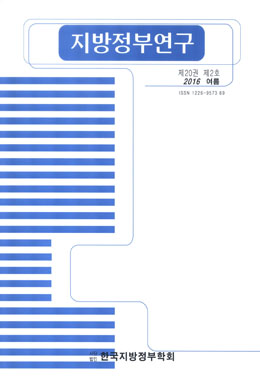본 연구의 목적은 도시어메니티의 구성요소인 문화어메니티와 환경어메니티, 사회경제어메니티의 지역경제 활성화 효과를 공간회귀모형을 활용하여 실증적으로 분석하는 것이다. 지역경제 활성화를 대리하는 변수로는 시군구별 국민연금 징수 비율과 인구증가율 및 종사자 수 등을 선정하였는데 이상의 세 변수를 주성분 분석(principal component analysis)을 활용하여 통합한 지역경제 활성화 지표(EDI: economic development index) 역시 종속변수의 하나로 선정하여 결과를 도출하였다. 분석 결과를 요약하면 다음과 같다. 국가지정문화재와 지방지정문화재는 일부 모형에서 지역경제 활성화 효과가 확인되었으며, 문화기반시설 역시 일부 모형에서 그 효과가 확인되었다. 환경어메니티의 경우에는 공원 면적과 개발제한구역의 면적 모두 긍정 혹은 부정적 효과가 발견되지 않았다. 하지만 천연기념물 서식지는 지역경제에 부정적으로 작용하고 있었다. 마지막으로 다양성을 측정하는 사회경제어메니티는 지역경제 활성화에 영향을 주는 결정요인으로 확인되었다.
The purpose of this study is to reveal economic impact of urban amenities including cultural amenities, environmental amenities and socio-economic amenities on local economic development in Korean municipalities. Utilizing spatial regression models, this study uses a ratio of national pension, population growth rate and employment as three dependent variables. In addition, this study integrates those three variables into one variable called EDI(economic development index) utilizing principal component analysis to measure general economic condition in local municipalities. Results of the study show that cultural amenities and socio-economic amenities have the impact on local economic development while environmental amenities have no impact.


